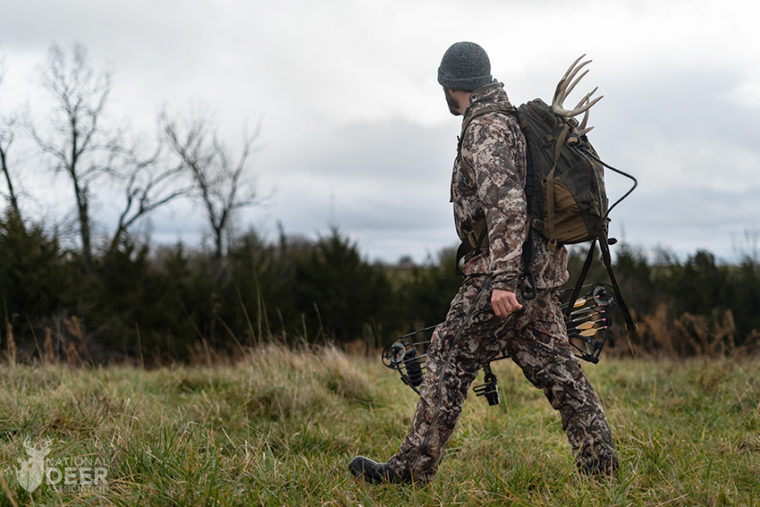In December 2020, I shed some light on the substantial economic importance of deer hunting in the southeastern United States by highlighting a few interesting facts from a project called the Southeast Deer Partnership. As a quick refresher, the Southeast Deer Partnership (SDP) is comprised of state and federal governmental agencies, non-governmental organizations such as the NDA, and private sector entities that have vested interests in the future of deer hunting, wildlife management and conservation. This unique collaboration aims to increase the awareness of the role and benefits of deer hunting and hunters throughout the southeastern United States.
In my previous article, I encouraged you to have these facts in your back pocket to quiz your buddies at deer camp or justify your Bass Pro Shops or Cabela’s receipt. Well, with stimulus checks burning holes in everyone’s pocket, I thought now would be the perfect time to touch on a few more realities that I found remarkable. Let the spending begin!
$609 million!
Hunting may not be one of the cheapest pastimes out there, but between the enjoyment, memories and fulfillment, our hard-earned dollars contribute significantly to conservation projects and hunter education through Pittman-Robertson funding. The money we spend on hunting and related purchases – whether it is lodging, meals, fuel or adult beverages for deer camp – helps stimulate local and state economies. Deer season can be the lifeblood for small businesses in rural areas, and many businesses rely on the increased spending from the presence of hunters. In fact, deer hunters contribute around $609 million in state and local tax revenue annually that helps hunting communities in this region thrive.
Nearly half of Pittman-Robertson funding is generated by deer, so even if you are not a hunter, it is imperative to recognize the significance of North America’s favorite game animal to conservation as a whole.
Over $1 billion? With a “B”?
Throughout my tenure with the National Deer Association, I have become increasingly familiar with the popularity and structure of organized “hunting clubs.” Deer hunting clubs are much more popular in the South than where I grew up hunting, and they offer non-landowning deer hunters the opportunity to pursue high-quality, actively managed deer herds for a reasonable annual fee. This was new to me upon my arrival in Alabama, as I was accustomed to communicating with smaller private landowners, rather than large companies that separated thousands of acres into parcels and leasing them to hunting clubs. You can imagine my surprise when I learned that hunters spend over $1 billion on land leased specifically for deer hunting, and that’s just in the 15 southeastern states. I understand that not everyone is a fan of leasing private land, but when you think of the amount of money going back into the economy, and that much of the membership fees are used directly on the management of that land, it is a nominal and worthy expense.
4.2 million acres
If you are a deer hunter in the Southeast, chances are you have at least heard of the Deer Management Assistance Program (DMAP) in your state. The DMAP is a comprehensive system that requires enrolled hunters to collect harvest and observation data that will in turn be analyzed by state biologists to develop property specific management recommendations. Often, participating properties are given specific guidelines that allow them to harvest additional deer above standard bag limits. The DMAP aims to help hunters and landowners properly manage the lands they hunt, and thanks to dedicated and enthusiastic hunters, there are an astounding 4-plus million acres enrolled across the Southeast!
If you enjoy the outdoors, it is likely you have experienced at least one direct benefit of deer management without even realizing it. Deer play an enormous role in conservation programs, and many of the activities undertaken by deer managers positively benefit tons of non-game and at-risk species through timber management, prescribed fire, food plots and much more. Nearly half of Pittman-Robertson funding is generated by deer, so even if you are not a hunter, it is imperative to recognize the significance of North America’s favorite game animal to conservation as a whole.
Members and supporters like you are vital in allowing NDA to ensure the future of deer hunting and to inform the public about the enormous benefits that deer hunters provide to conservation efforts. Hunting is conservation, and with your help we can continue to improve the habitat, recruit and educate hunters and fund conservation projects that enable us to be stewards of the land and responsibly manage and utilize our natural resources.
